
6 Powerful Ways To Wire Up A Tone Pot
There are many ways to wire up a tone pot, and it can be confusing deciding which one to choose. Different eras of wiring produce different tones, as Modern wiring sounds different from ’50s wiring.
We’ve wired up tone pots on our best-selling Telecaster Control Plates and Prewired Pickguards in many different ways. Today, we’re only going to focus on bridging the Tone Pot off of the Volume Pot, like a Telecaster® or Les Paul® (We’ll come back to the Stratocaster soon). Here’s a list of a few different Master Tone Pot variations, with easy-to-follow diagrams:
A REFRESHER:
As a refresher, a Tone Pot is nothing more than a regular pot with a Tone Cap soldered to it! The Tone Cap acts as a “high-cut” or “treble-cut” filter that only lets high frequencies pass through. The opposite leg of the Tone Cap connects to ground. So, the Tone Cap sends your high frequencies to the “trash bin” when you start turning your tone knob.
The value of your Tone Cap determines how many high frequencies get sent to the trash bin. Higher values allow more highs to ground, where lower values only skim the very top of your signal. Learn more about Tone Caps here:
STANDARD TONE POT WIRING:
Standard or modern wiring comes equipped on most guitars. It’s the most common wiring you’ll see installed on most modern production guitars and basses. See below for a few variations on the standard wiring:
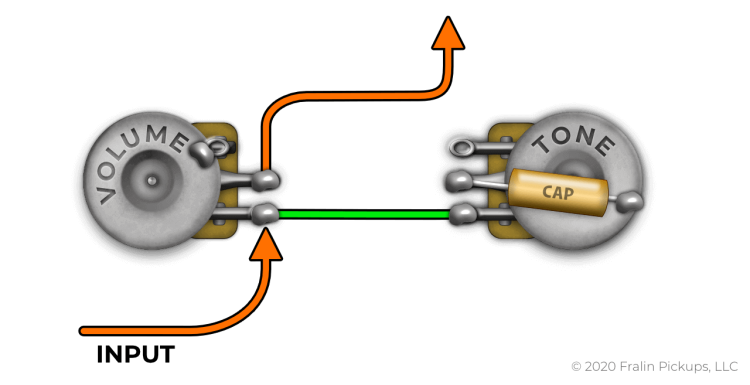
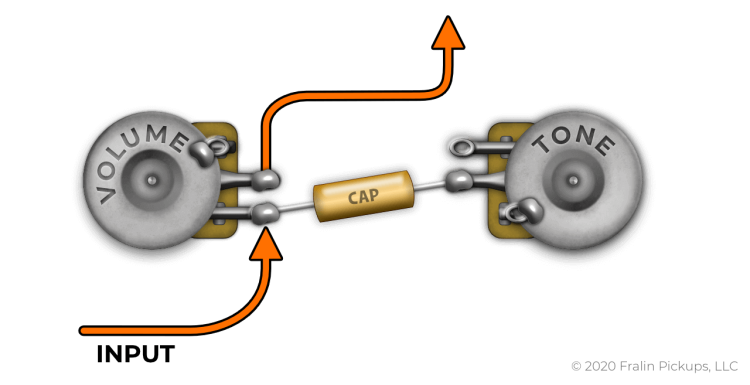
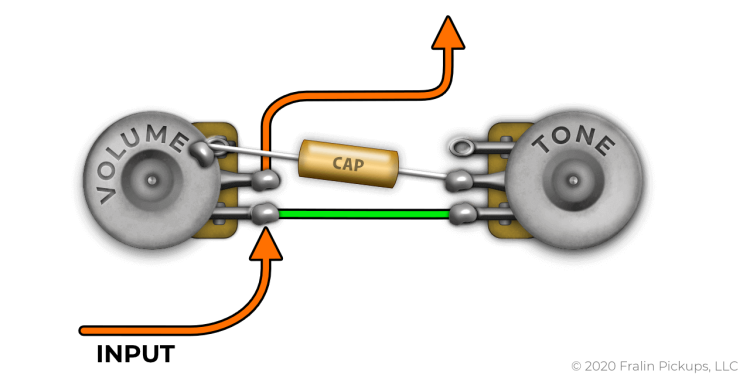
’50s TONE POT WIRING:
As mentioned in our ’50s Wiring Article, wiring your tone cap in the ’50s style can keep your high frequencies consistent on your pickups while turning down your volume. However, turning down your Tone can affect your guitar’s volume. See below for a few variations on ’50s Wiring:
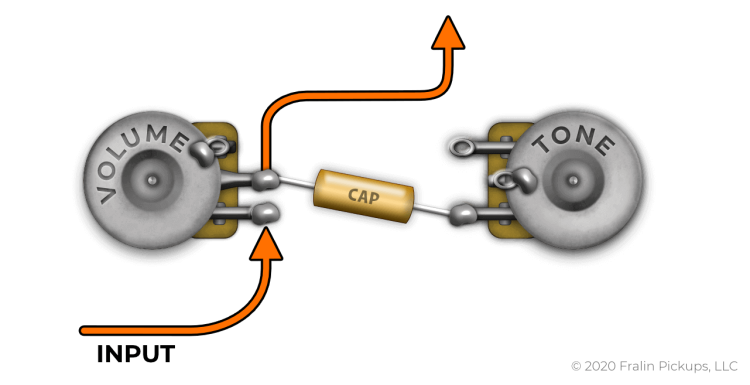
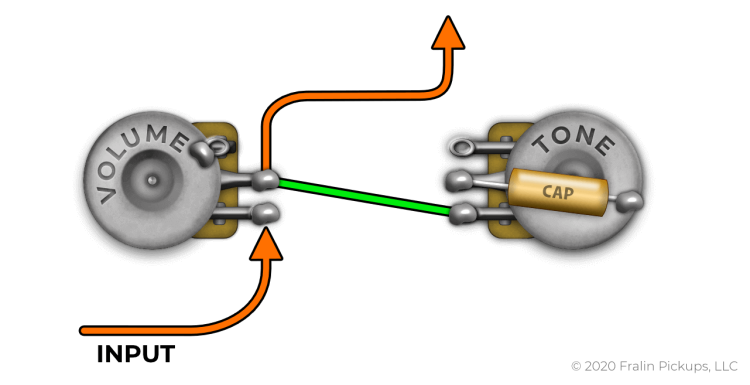
’60s TONE POT WIRING:
’60s wiring is almost identical to Modern Wiring, except one can expect a lesser signal to noise ratio. Here’s how to wire it up:
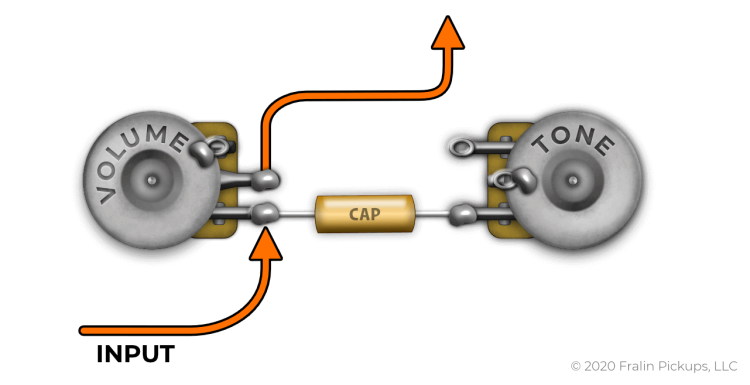
We hope that this article serves as an easy-to-follow reference for anyone trying to wire up their tone pots differently. Experimenting with Tone Cap wiring is an easy way to unlock new tonal possibilities. We have a wide selection of Tone Caps available, so check them out and experiment!
Comments
25 Comments For This Post
Leave A Comment
Want to chime in to the conversation? Please do so! Please respect others.


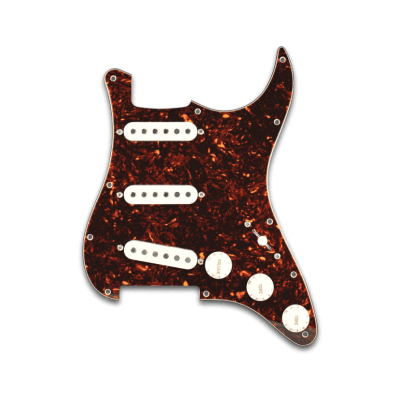
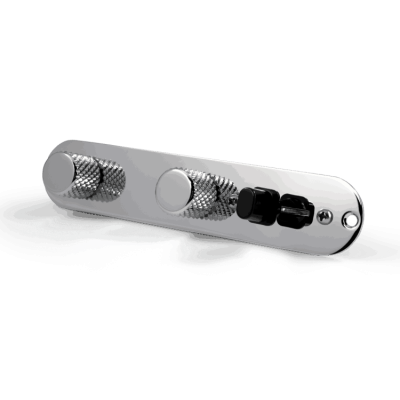
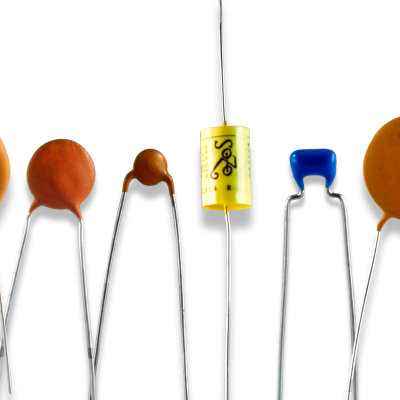
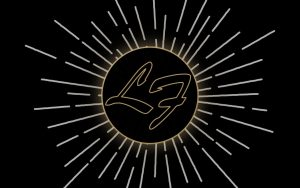
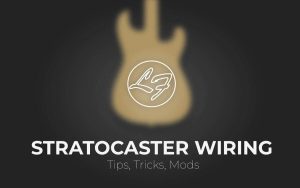

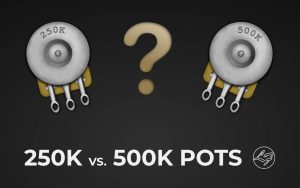
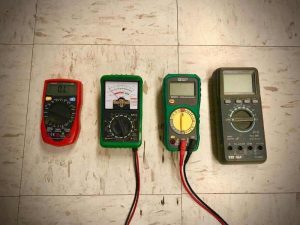
I have a question how do you wire the tone on a PJ style base